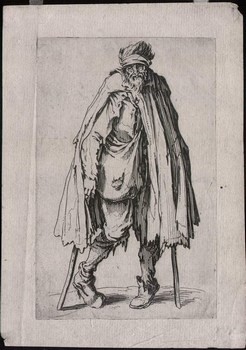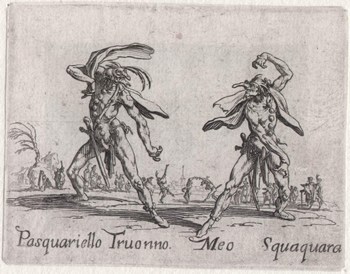|
17th Century:
Original Jacques Callot engravings |
|
Jacques Callot
Israel Silvestre |
|
|
|
Jacques Callot (1592-1632) was
one of the earliest great creative artists to practice the graphic arts
exclusively. His career can be divided into two periods: an Italian period, c.
1609-1621, and a Lorraine period from 1621 until his death. Callot studied the
technique of engraving under Phillipe Thomasin in Rome. About 1612 he joined
Guilio Parigi in Florence. At that time Medici patronage expended itself almost
exclusively on "feste," and both Parigi and Callot were employed by Cosimo II
(de Medici) to create visual records of these entertainments. Callots
compositions are organized as if they were a stage setting and reduced the
figures to a tiny scale, each one being rendered by the fewest possible strokes.
This required an extremely fine etching technique. Callot enjoyed a lasting
popularity all over Europe. He returned to Nancy after Cosimo*s death in 1621.
During the Lorraine period Callot illustrated sacred books, made a series of
plates of the Apostles, and visited Paris to make animated maps of the sieges of
La Rochelle and the Ile de RČ. Callot was one of the first etchers to used the
technique of repeated biting, and sometimes combined graver work with etching
The Great Passion (1618 -1622)
From a group of 7
etchings : Lieure 281-287
11,50 by 21,50 cm
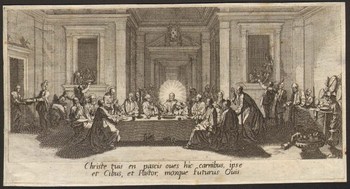 |
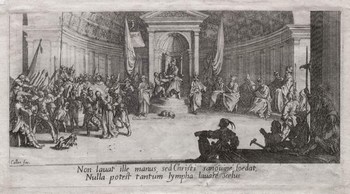 |
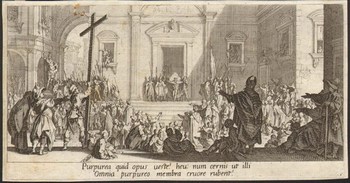 |
|
The
Last Supper (L.282)
I / III, before the address of Silvestre
|
Christ
before Pilate ( L.283)
I / II with double C watermark
|
Presentation to the People
( L.285)
I / II with double C watermark
|
The Life of the Virgin
From a group of
16etchings : Lieure 1357-1371
6,90 by 4,60 cm
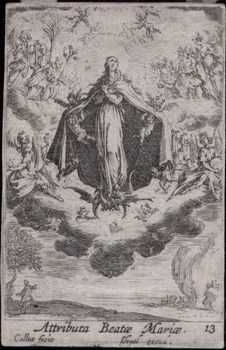
The Assumption of the Virgin
L.1370 ( III / III )

This print is sold
The Complete Caprices (1617
-1622)
From a group of
50 etchings : Lieure 427-477
5,50 by 8,00 cm
Early Nancy impressions.
First states, before the number.
|
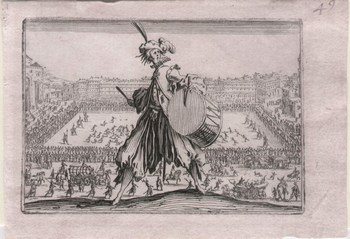
|
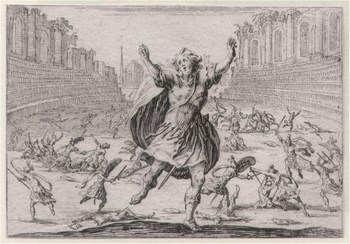 |
|
Handball on the Piazza Santa Croce in Florence
L.477 ( I / II ), with nice margins |
Combat of Gladiators in the Ruins of an Amphitheater
L.470 ( I / II ), with collectors mark on te backside |
|
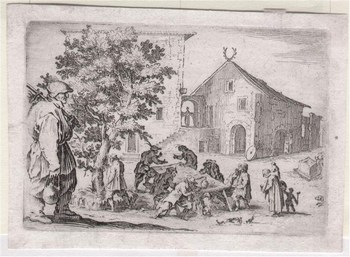 |
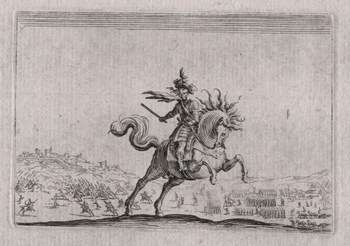
 |
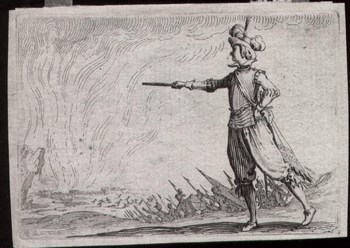 |
|
Inn
Scene
L.466 ( I / II ) |
This
print is sold
Officer
on Horseback, with Battle Scene
L.468 ( I / II ), with nice margins |
Officer on Foot, with Battle Scene
L.467 ( I / II ) |
The Complete Small Apostles (1635)
From a group of
17etchings : Lieure 1386-1401
7,00 by 4,30 cm
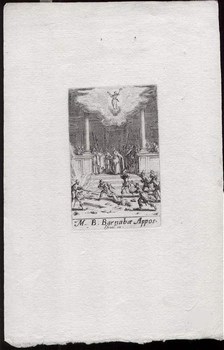
All except L.1392 in nice full sheets of 16,50 by 10,50 cm with the two original
pine holes in the top margin
|
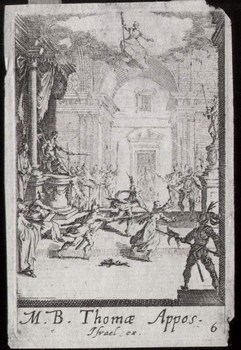 |
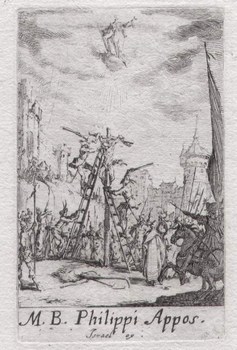 |
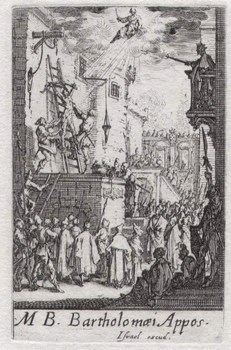 |
|
The
Martyrdom of St. Thomas
L.1392 ( II / IV ) |
The
Martyrdom of St. Philip
L.1394 ( II / IV ) |
The
Martyrdom of St. Bartholomew
L.1395 ( II / IV ) |
|
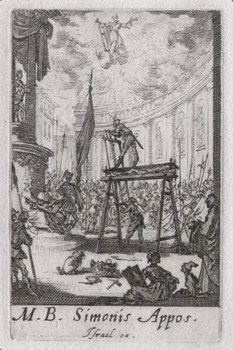 |
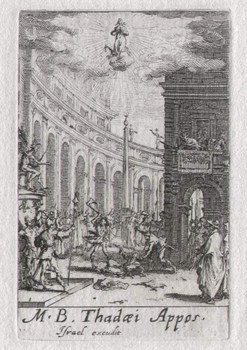 |
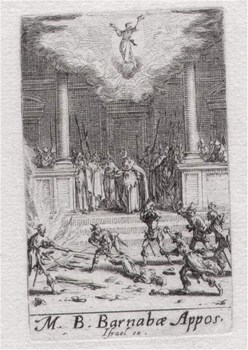 |
|
The
Martyrdom of St. Simon
L.1396 ( II / IV ) |
The
Martyrdom of St. Thaddaeus
L.1398 ( II / IV ) |
The
Martyrdom of St. Barnabas
L.1401 ( II / IV ) |
Click thumbnails for
larger images.
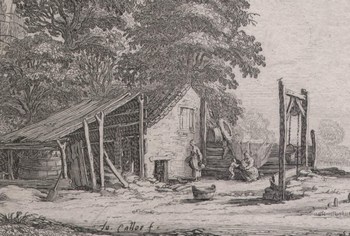
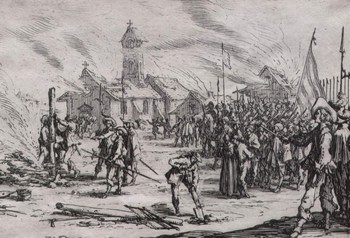
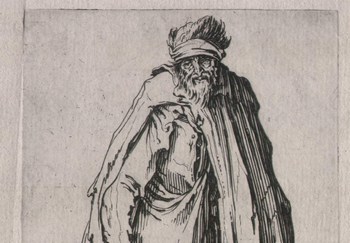
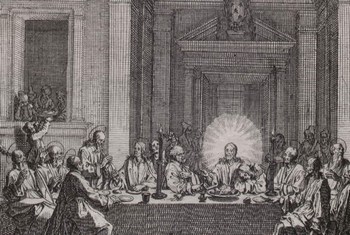
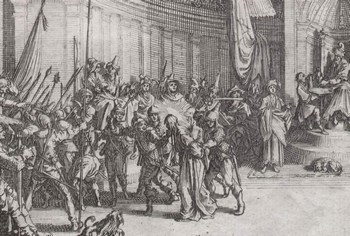
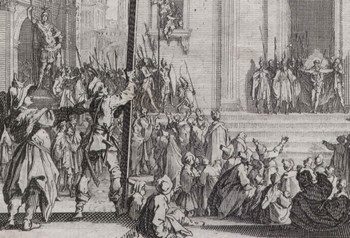
Item inventory Company info
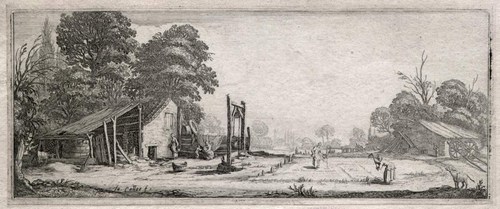
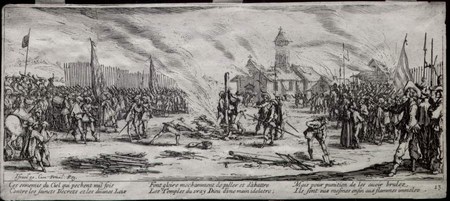
![]()
